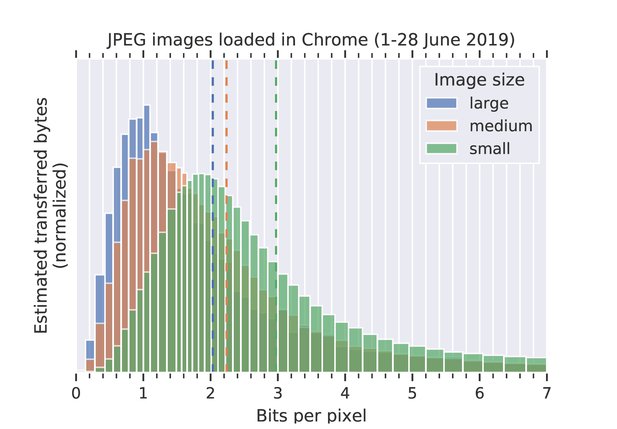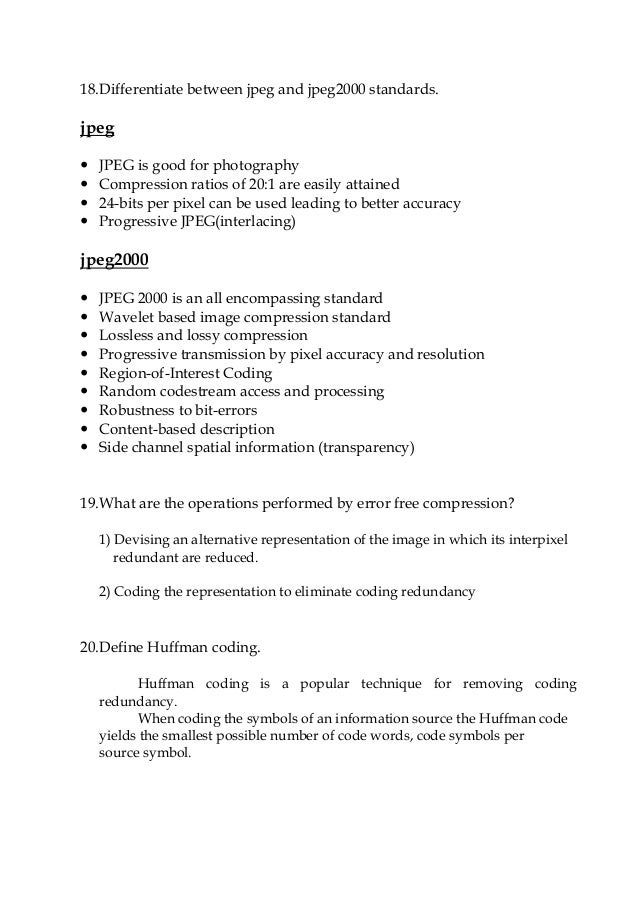

Post-processing is easier because white balance and saturation in JPEGs are set with the click of the shutter.Compared to lossless formats like GIFs, JPEGs are dramatically smaller in size. By intelligently discarding all the colors that the human eye can’t pick out - called lossy compression - JPEGs keep their file size as small as possible.

Their small file sizes allow for quick transfer and fast access for viewing online.JPEG files are arguably the most universally recognized image file format - compatible with most browsers, software, and apps.The trade-off between file size and image quality is where the JPEG debate heats up. Faster page loading times gives readers quicker access to content - plus, JPEGs don’t take up too much storage space in the cloud. The smaller size means it’ll open faster on most browsers (including mobile) without sacrificing too much quality.Įveryone from big-time publishers to bloggers benefit from using JPEG files on their website.

While photographers tend to shoot in a raw format to ensure the most accurate capture of a picture possible, they often share the fruits of their labor online in JPEG form. That’s what makes it the go-to file for photographers and web publishers alike. But this file format is still very much a mainstream favorite.Ī JPEG file can display 16.8 million colors while staying relatively small in size. Serious photographers still shy away from shooting in JPEGs because they want to keep all the image detail for post-processing or printing. The real value came in the JPEG’s ability to store metadata - such as where and when a picture is taken, and even camera settings. Now, anyone could snap and store images in small enough files to fit on limited camera storage while displaying reasonably well. JPEG files came into their own with the advent of digital cameras and the World Wide Web. They came up with the concept of lossy compression, which removed visual data that the human eye couldn't see and averaged out color variation. That’s when a group called the International Organization for Standardization (ISO) started working on ways to bring photo-realistic pictures to small screens around the world.Īt the same time, the Joint Photographic Experts Group (JPEG) arrived on the scene and created its own standard to compress graphics files enough to work on the average PC. In 1986, monitor technology couldn’t produce on-screen graphics. This may make JPEGs better for everyday use, but it does mean sacrificing some of the original image quality. JPEG images group together the following filename extensions:Ī JPEG file supports up to 24-bit color and uses lossy compression to compress images for more convenient storage and sending. It’s the go-to file format for digital images - and it has been ever since photographers began snapping and storing images on digital cameras and other reprographic devices. If you uncheck it, FLATE compression is used instead.JPEG stands for Joint Photographic Experts Group, an international organization that standardized the format during the late 1980s and early 1990s. If the Compress images is checked on the Document tab, then the JPEG compression is used.
#Jpeg image compression standards . pdf pdf#
You can change the compression type, using different settings in the PDF configuration.

Therefore, this type of compression is preferred if you have images of diagrams or images containing text. The images are preserved and it does not introduce the noise pixels along sharp edges as you will find when JPEG compression is used. In contrast to the JPEG compression the FLATE compression is lossless. Images are compressed with a loss of information but it usually produces good pictures and reduces the size significantly. The JPEG compression is well suited for documents with photos. Depending on which types of images you have in your PDF, you may prefer one over the other. The PDF creation process basically chooses between two compression types. When you create a PDF document your images are normally stored in a compressed format.


 0 kommentar(er)
0 kommentar(er)
